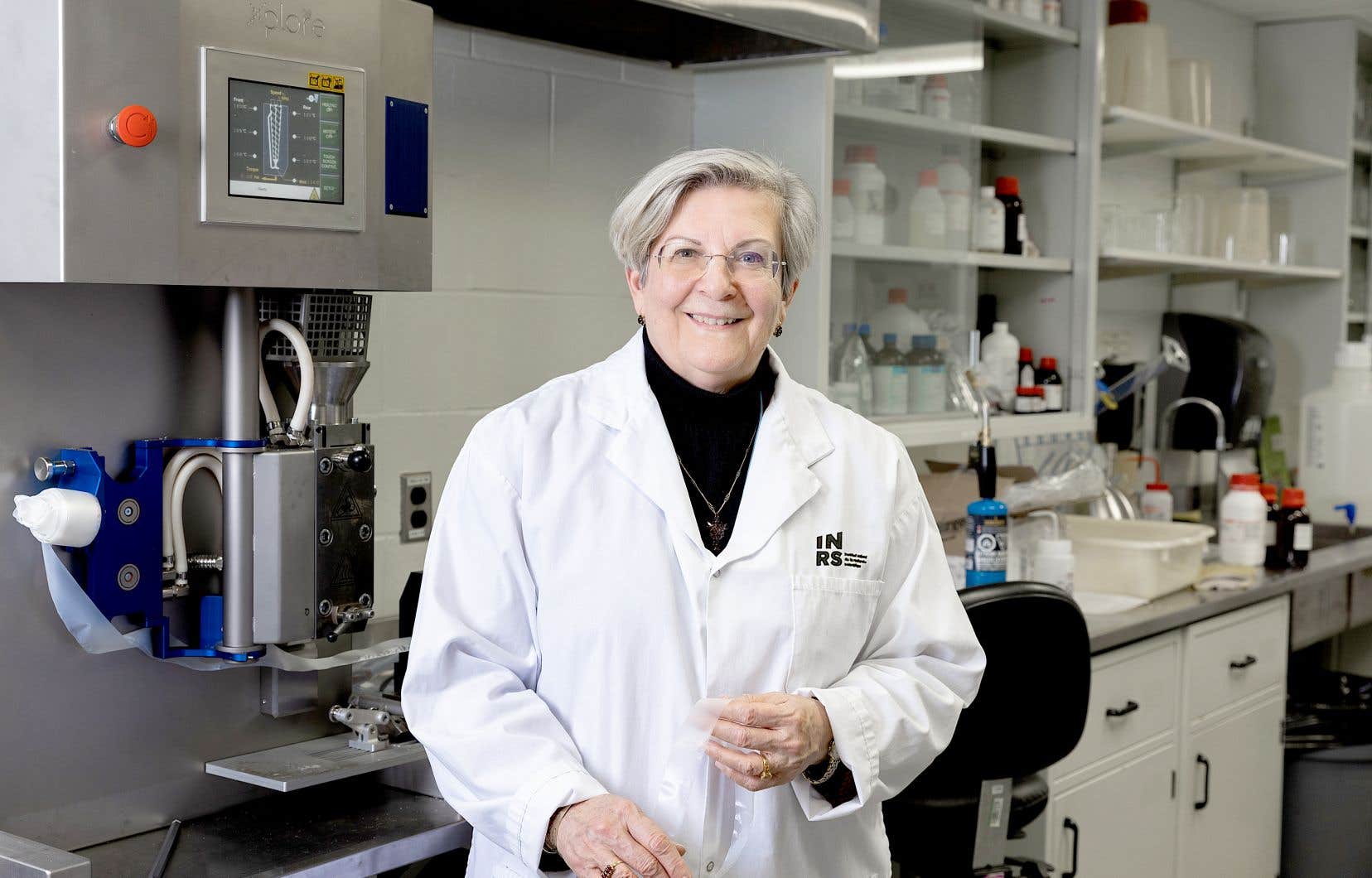This text is part of the special Women’s Leadership booklet
One thing is certain, Monique Lacroix’s impressive curriculum vitae does not fit on a single page. She is a full professor at the National Institute for Scientific Research (INRS), and her work in food science is recognized worldwide and contributes to improving food safety and healthiness.
As the World Health Organization (WHO) points out, health and food security and nutrition are inextricably linked. The WHO estimates that 600 million people, or almost one in 10 worldwide, fall ill each year after consuming contaminated food and that 420,000 die as a result. “Foodborne infections are very important and, by reducing them, we could also reduce the number of hospitalizations, the mortality rate and all the associated costs”, says Monique Lacroix.
A leader in her field, the professor is interested in solutions within the Food Science Research Laboratory that she directs. “I don’t consider myself to have revolutionized the world of food,” she says humbly. As the D saidr Frappier, science is a fight that never ends! However, she mentions her pride in working with an extraordinary team, which has managed to solve several problems in this area.
The issue of food safety is fundamental in the context of climate change, which favors the modification of ecosystems and microbial flora and the growth of undesirable micro-organisms. Mme Lacroix mentions, by way of example, the increase in the number of contaminations linked to molds or the production of mycotoxins affecting cereals and which can induce cancer.
On the cutting edge
For many years, the researcher has been studying irradiation at the Canadian Irradiation Center, a unique structure in the world resulting from a partnership between the firm MDS Nordion Inc. and the Center Armand-Frappier Santé Biotechnologie. This cold sterilization process extends the preservation time of food thanks to electromagnetic waves. Like radiation therapy, in which radiation destroys cancer cells, radiation attacks bacteria, molds, parasites and insects.
“When we process vegetables or fruit, they don’t stop breathing because they have been irradiated,” she points out. It only slows down the ripening process. » The process is used routinely in more than 60 countries, including the United States. For its part, Health Canada studies requests for irradiation of various foods before authorizing their sale in the country. However, the government recognizes it as “safe and effective in reducing harmful germ loads in food products”, in view of the extensive research carried out on this technology.
With her team, Monique Lacroix was also the first to have developed a packaging film based on milk proteins, insoluble in water, in 1999. “This discovery was selected among the ten discoveries of the year 1999 by Quebec Science “, she specifies.
The researcher has also developed biosourced packaging from by-products of the fishing industry and mixtures of natural extracts, incorporated in the form of droplets. In his laboratory there are more than a hundred natural extracts, citrine fruits, but also spices such as thyme and cinnamon. Combined with irradiation, they can be useful in eliminating viruses and bacteria. Around 50% of plastics are used for food packaging, and 66% of food loss is caused by unsuitable packaging. These types of biofilms with antimicrobial properties represent a major interest in reducing waste.
A dream come true
Her expertise quickly led her to work with different research groups and networks within the United Nations to help establish recommendations at the international level. “It was the realization of a dream, reveals the professor. These experiences are extremely enriching and allow us to open up to the world. She appreciates the opportunity to welcome women from countries where it is more difficult to make a career as well as young researchers from all walks of life.
Monique Lacroix’s interest in food dates back to a very young age. In 1980 and 1982, she obtained respectively a bachelor’s and a master’s degree in food science and technology, then a doctorate in nutrition, in 1986, at Laval University. Thanks to a biotechnology research grant, she crossed the Atlantic Ocean to participate in a study in France, at the INRA Nutrition Physiology Laboratory in Jouy-en-Josas.
To name just a few of her other credentials, she is a Research Fellow of the Institute of Nutrition and Functional Foods, the International Academy of Food Science and Technology Group, and the scientific society Institute of Food Technologists. She is also a member of two expert committees on irradiation at the United Nations: the International Atomic Energy Agency and the Food and Agriculture Organization.
This special content was produced by the Special Publications team of the Duty, pertaining to marketing. The drafting of Duty did not take part.
